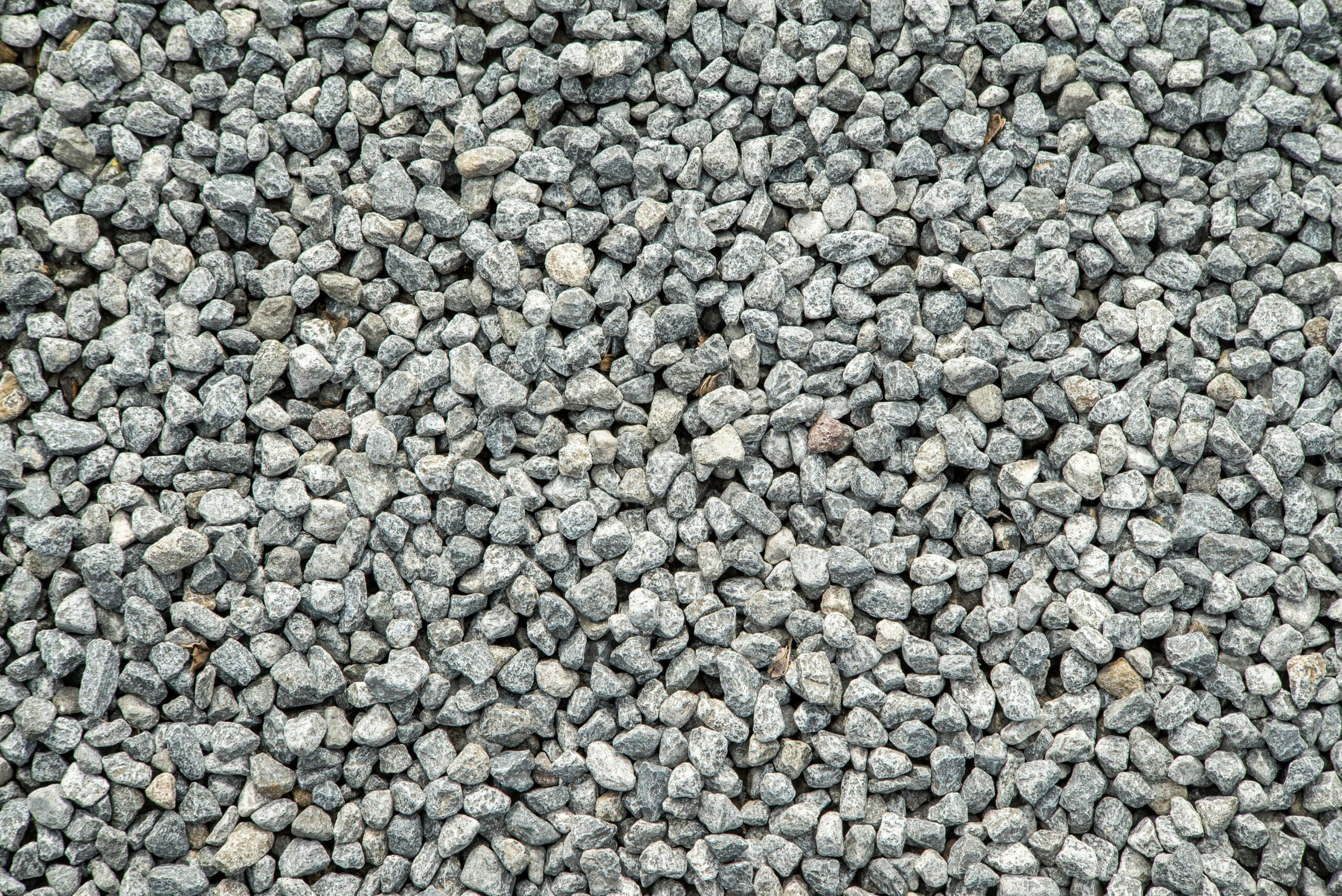When considering driveway options for your home, gravel consistently stands out as one of the most economical choices available. Homeowners appreciate gravel driveways for their rustic charm, relatively simple installation process, and significantly lower cost compared to concrete or asphalt alternatives. However, like any driveway material, gravel comes with its own set of advantages and challenges. This article explores the cost considerations, installation methods, material options, and maintenance requirements of gravel driveways to help you determine if this affordable option is right for your property.
Understanding the Cost Advantage
The gravel driveway cost pros cons analysis typically begins with its most compelling advantage: affordability. Gravel driveways generally cost between $1-$3 per square foot installed, making them significantly less expensive than asphalt (typically $7-$13) or concrete (often $8-$18). For a standard 12′ x 25′ driveway, this could mean the difference between spending $300-$900 for gravel versus several thousand dollars for other materials. This dramatic cost difference makes gravel particularly attractive for properties with longer driveways where paved options would be prohibitively expensive.
Beyond the initial installation savings, gravel also offers financial flexibility. You can start with a basic installation and gradually upgrade the quality or depth of the gravel over time as your budget allows. Additionally, repairs to gravel driveways are typically much more affordable than fixing cracks or potholes in solid surfaces, requiring primarily additional material rather than specialized equipment or techniques.
Installing a Gravel Driveway: DIY Possibilities
Many homeowners find that they can install gravel driveway DIY with relatively basic equipment and moderate physical effort. The typical installation process involves excavating 4-8 inches of soil, laying down landscape fabric to prevent weed growth, and then adding layers of differently sized gravel. While professional installation ensures proper drainage and compaction, determined DIYers can achieve satisfactory results with careful planning and execution.
The basic installation process typically involves first marking the driveway area, removing existing vegetation, and excavating to the desired depth. Next comes grading the surface to ensure water flows away from structures, installing edging materials to contain the gravel, and laying down geotextile fabric. Once this foundation is prepared, you’ll add and compact successive layers of gravel, starting with larger stones at the base and finishing with finer gravel on top. According to resources available on AskHomey, proper preparation of the base layers is crucial for long-term driveway performance and reduced maintenance needs.
Selecting the Best Gravel for Driveway Durability
Not all gravel is created equal when it comes to driveway applications. The best gravel for driveway use typically involves a combination of different sizes and types to create a stable, well-draining surface. Most professionals recommend a three-layer approach: a base layer of large, angular stones (typically 2-3 inches), a middle layer of medium-sized stones (1-2 inches), and a top layer of fine gravel or crushed stone (often 3/8 inch or smaller).
Popular gravel types include crushed stone #57 (3/4 to 1 inch pieces), which works well for middle layers; #3 stone (1.5 to 2 inches) for base layers; and #411, a mixture of crushed stone and stone dust that compacts well for top layers. In regions with significant freeze-thaw cycles, angular stones are preferred as they lock together better than rounded river rock, which tends to shift and create an unstable surface. Local quarries can often recommend the most appropriate gravel types for your specific climate and soil conditions.
Maintaining a Gravel Road: Ongoing Requirements
While the initial cost savings of gravel are substantial, it’s important to understand what’s required to maintain gravel road surfaces over time. Unlike paved driveways, gravel requires regular attention to remain functional and attractive. Typical maintenance includes regrading 1-2 times per year to address ruts and uneven areas, particularly after winter or heavy rain periods. This can be done using a hand rake for small areas or by renting a power rake or box blade for larger driveways.
Weed control represents another ongoing maintenance challenge. Even with landscape fabric underneath, some persistent weeds will likely emerge over time. Many homeowners use periodic applications of herbicide, while others prefer mechanical removal or vinegar-based solutions for more environmentally friendly approaches. Additionally, gravel driveways typically need new material added every 3-5 years as stones inevitably wash away or sink into the soil beneath.
Snow removal requires special consideration with gravel surfaces. Traditional plowing can scrape away your top layer, so many homeowners either leave a thin layer of snow unplowed or use specialized rubber-edged plows. Alternatively, some find that applying a layer of salt or sand provides traction while allowing the sun to naturally melt accumulation.
Final Considerations
Gravel driveways present a compelling option for budget-conscious homeowners, particularly those with longer driveways where paved alternatives would be cost-prohibitive. The rustic aesthetic complements many architectural styles, especially rural or country-inspired homes. While the maintenance requirements are more frequent than with paved options, many find the tasks relatively straightforward and manageable with basic tools and occasional professional assistance.
Understanding the balance between initial savings and long-term maintenance is key to making an informed decision about whether a gravel driveway is right for your property. With proper installation and consistent care, a gravel driveway can provide decades of functional service while maintaining its natural, appealing appearance.
For more tips and to connect with reliable home service professionals, follow AskHomey on Facebook and Instagram.



